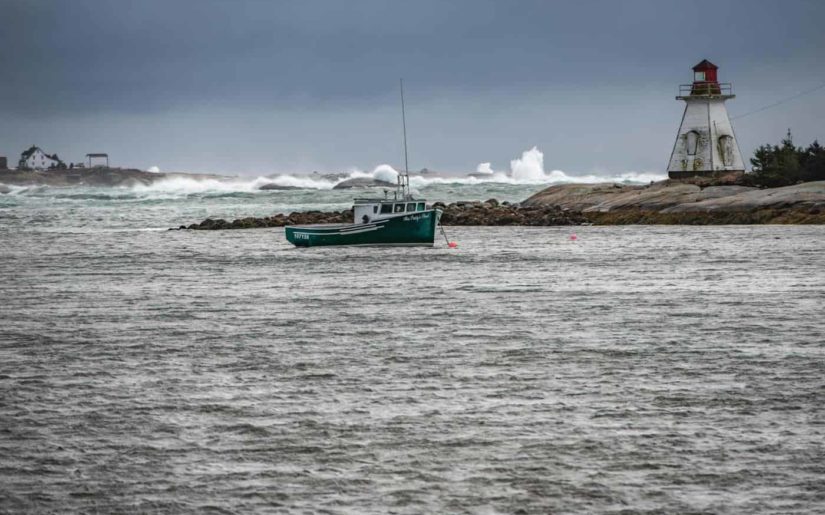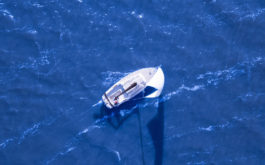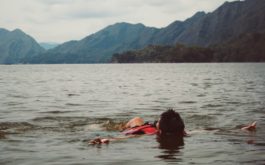Hypothermia is caused by prolonged exposure to abnormally low temperatures or prolonged exposure to dampness. It sets in when the internal body temperature drops to 95° (F) or lower.
Boaters can become hypothermic through:
- Immersion in cold water
- Exposure to cold air and wind while wearing damp or wet clothing
- Prolonged exposure to cold water and air temperatures
The three stages of hypothermia
Early stage: The person will be conscious but their speech will be slurred and they’ll be shivering violently.
Intermediate stage: Although still conscious, the person will be irrational, confused and sleepy. Their pulse and breathing will be weak, their muscle functions will be reduced and their movements will be uncoordinated.
Final stage: The person will begin to collapse and lose consciousness. Their pulse and breathing will be very weak and irregular at this stage.
How to Respond to a Hypothermia Emergency
Take the following immediate actions:
Step 1) Ensure that you’re wearing a Coast Guard- approved life jacket before you begin the rescue.
Step 2) Assess the person’s current condition: What stage of hypothermia have they reached?
Step 3) Clearly identify yourself to the person and ask them to respond to you.
Step 4) Assess your ability to help the person: Do you have warm, dry items on the boat that you can use to cover and warm them with? Will you be able to get them to shore quickly for medical help?
Step 5) If necessary, exhibit a distress signal indicate your distress.
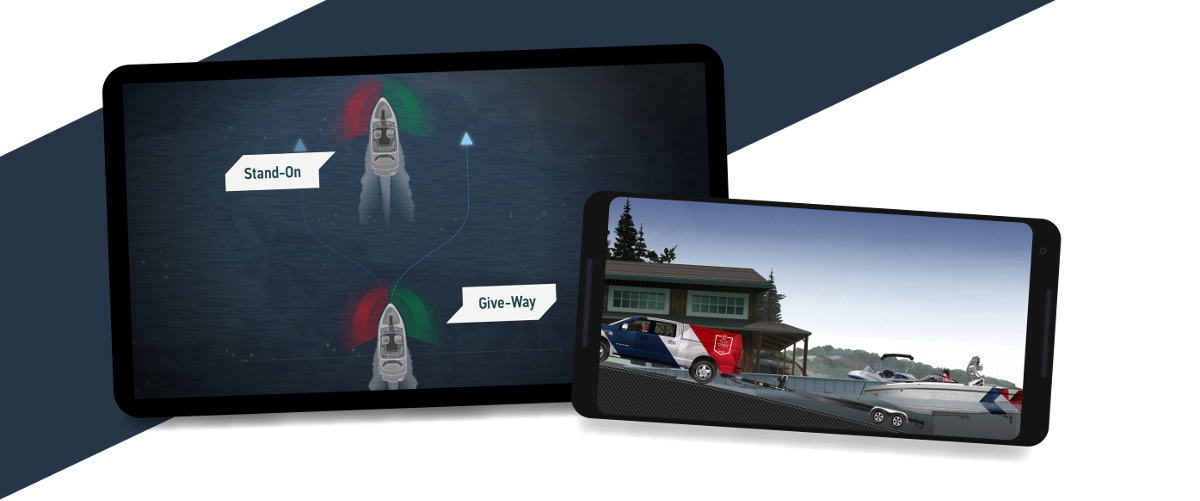
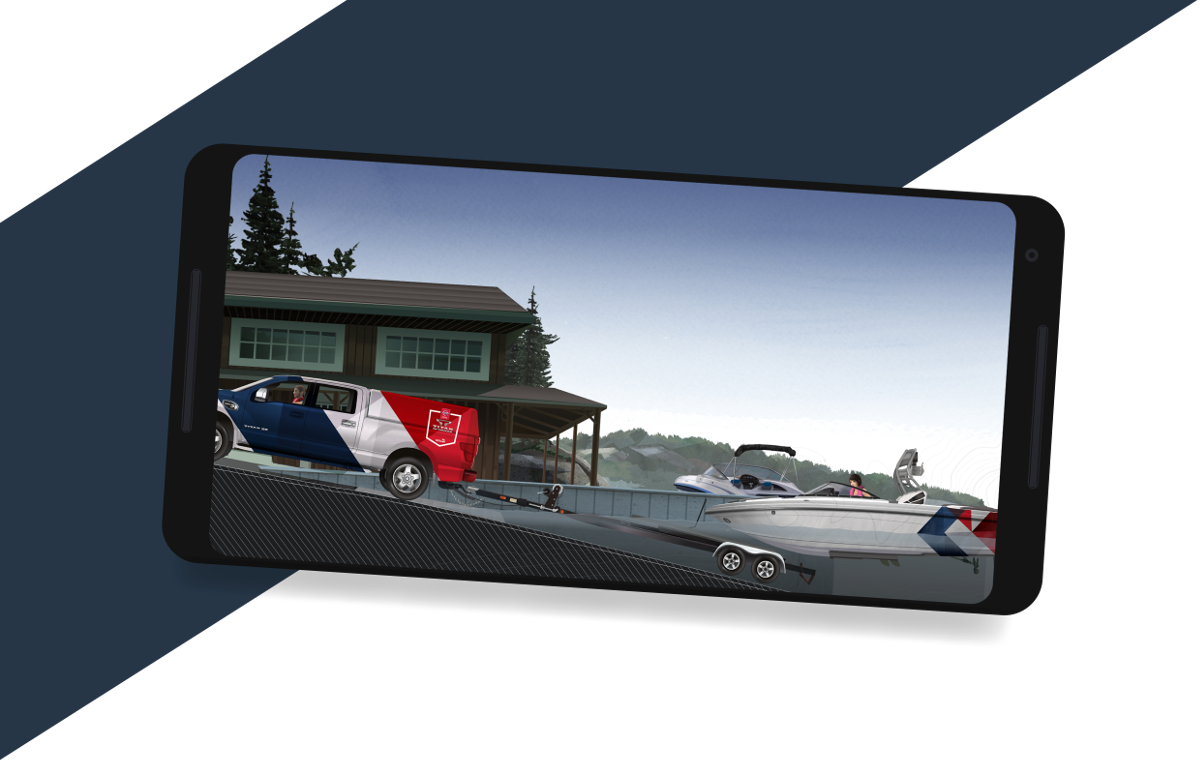
Get your Official North American
Boating License
The Official NASBLA and Transport Canada Boating Course, Test & License.
Get your Official North American
Boating License
The Official NASBLA and Transport Canada Boating
Course, Test & License.
Perform the following rescue procedure
Step 1) Remove the person from the water and provide dry shelter (you should use the overboard rescue techniques, previously described in order, to recover the person from the water).
Step 2) Dry them off from head to toe and dress them with layers of dry clothing. Provide dry shelter below deck, if possible.
Step 3) Attempt to slowly increase the person’s core body temperature by doing the following:
- Cover their head and neck with warm blankets.
- Wrap their body in dry blankets or towels.
- Cover them with an insulating device (such as a reflective heat blanket) and moisture barrier.
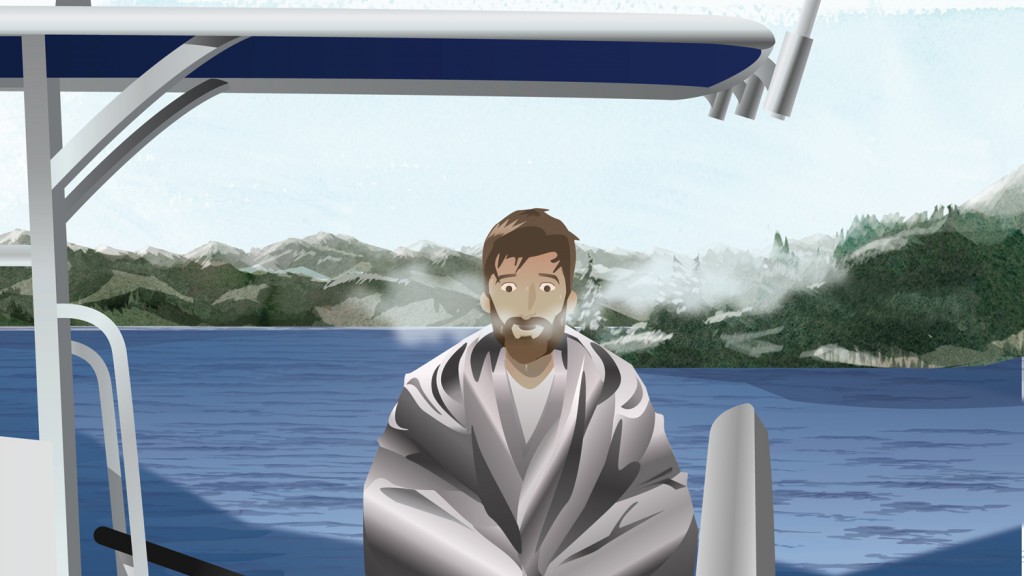
Remember
- If the person asks you for a warm liquid, they can have it—but NEVER give them a drink that has alcohol or caffeine in it.
- Do not rub or massage their body or limbs in an attempt to warm them up—doing this may damage nerve endings at the skin and encourage cold blood from the limbs to move to the core of their body.
- You can use your own body to transfer heat to the victim.
- You should always carry a safety kit, including equipment suitable for cold water and cold weather emergencies.
Safe Boating Tip
Remember that the water temperature does not need to be very cold for hypothermia to set in and take effect on a person’s body. In fact, under certain conditions, even prolonged exposure to dampness on a rainy day can put you at risk of hypothermia.
